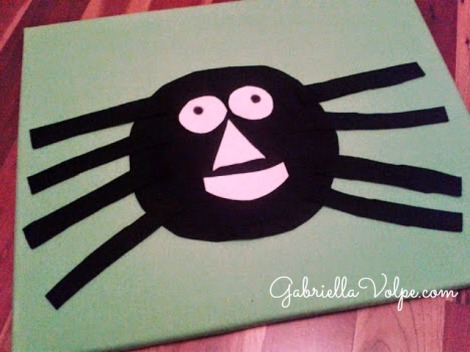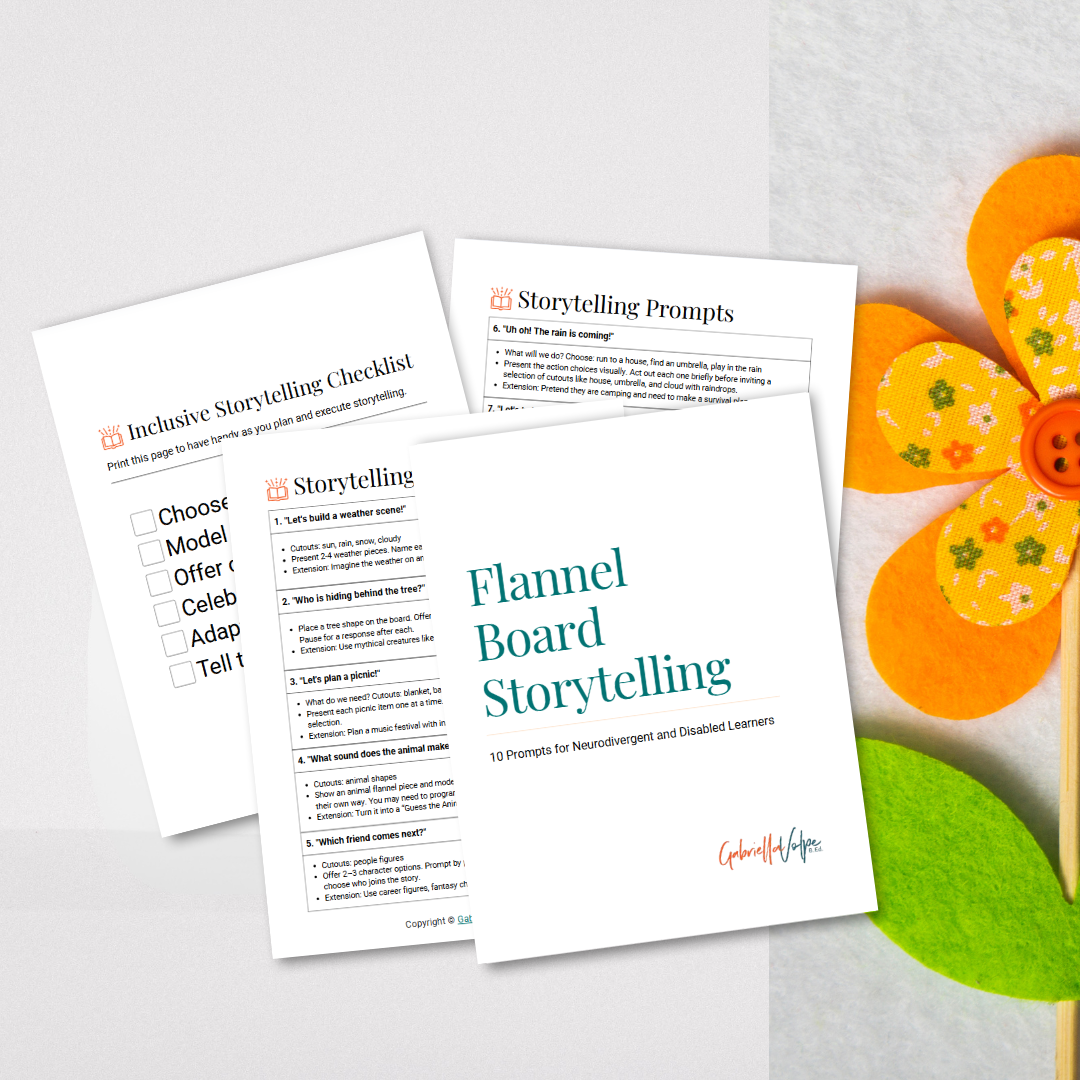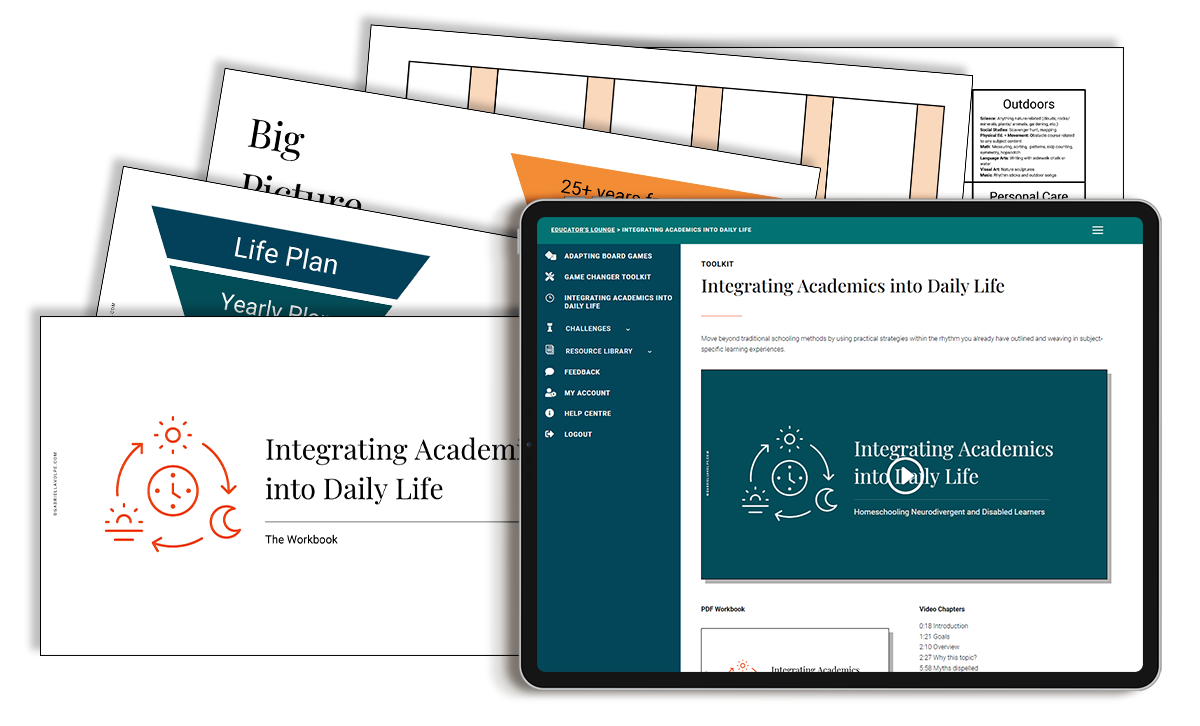This is a post out of the 31 Days of Morning Circles. You can find the main page for this series here.
Note: If you’re reading this series for the first time, I suggest you look at the daily structure post to understand the routine we follow in our morning circle.
Flannel boards are great in the morning circle because they can easily be placed on a lap. The pieces are simple enough to prepare as no sewing is required, and the ideas for use are endless.
In the morning circle, I don’t use flannel boards for imaginative play. I use it for concrete, hands-on instruction or to practice a concept or skill we will use later in the day.
Sometimes, I use the flannel board as I share the story in the morning circle. Other times, we use it for numeracy practice. And sometimes, we use it to practice fine motor skills like picking up the pieces, moving them from one part of the board to another and tapping them down. As always, the interaction in the main activity is simple and quick.
Flannel board activity in the morning circle
Use flannel board pieces to talk about the parts of the body or just the face. You don’t have to use a human shape. Make it enjoyable by creating felt cut-outs of familiar characters or thematic creatures.

We practiced the names of the parts of the face with a thematic spider in October. The shapes are simple but allow for much interaction. The legs can be counted as they are added to the board, and the nose and mouth can turn to change the expression. It doesn’t matter that a real spider has more eyes than this. My son isn’t ready to understand that, so we kept it simple.
How do you use the flannel board in your morning circle?
Related Article:
Flannel Board Storytelling – Free!
10 flannel board storytelling prompts to encourage creativity, connection, and communication for neurodivergent and disabled learners.
Sign up to have FREE download delivered straight to your inbox!

By signing up, I’ll also add you to my mailing list. You can unsubscribe at any time.

Integrating Academics into Daily Life Workshop
Discover how to integrate academics into daily life. For homeschoolers of neurodivergent and disabled learners.

0 Comments